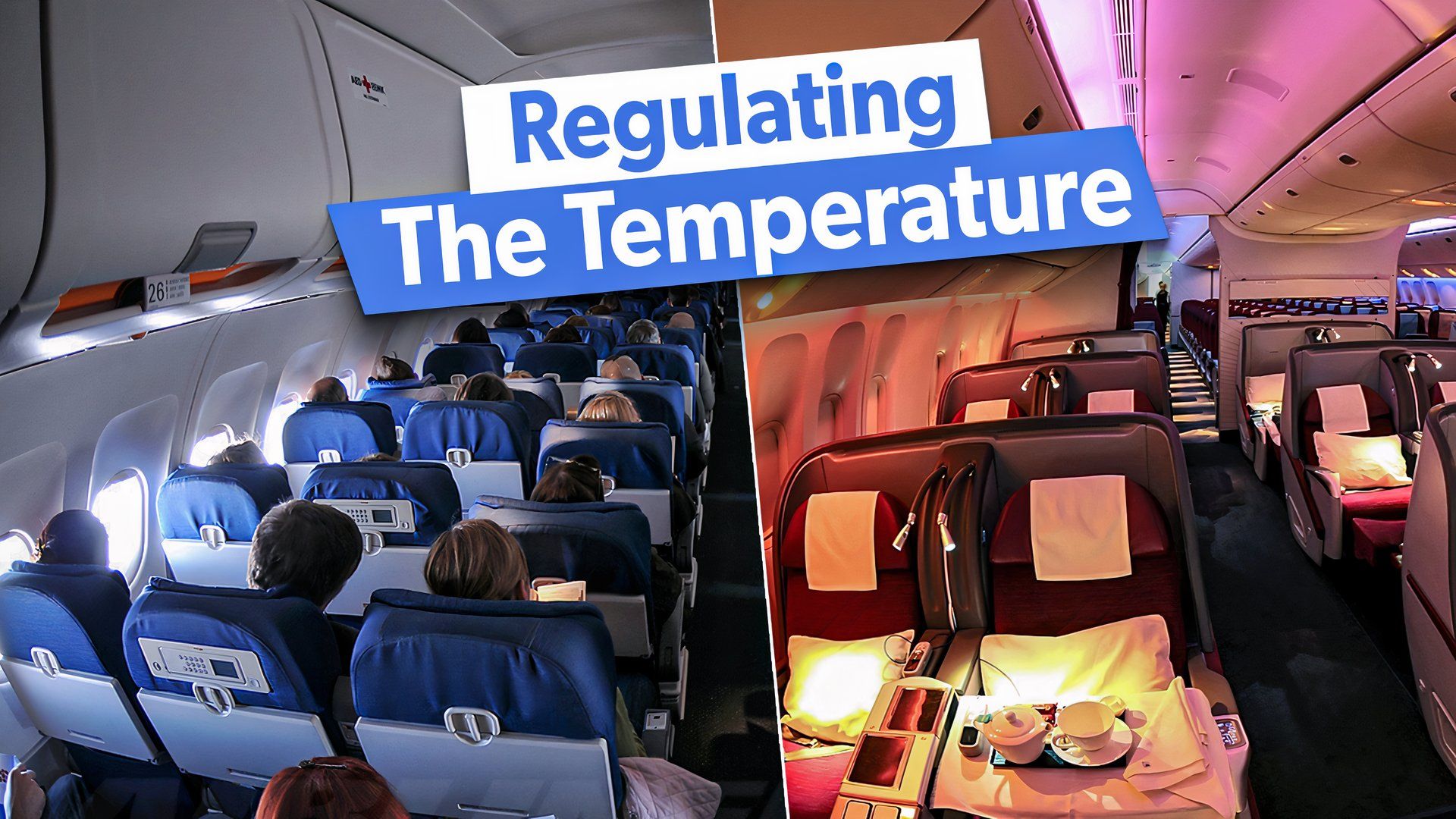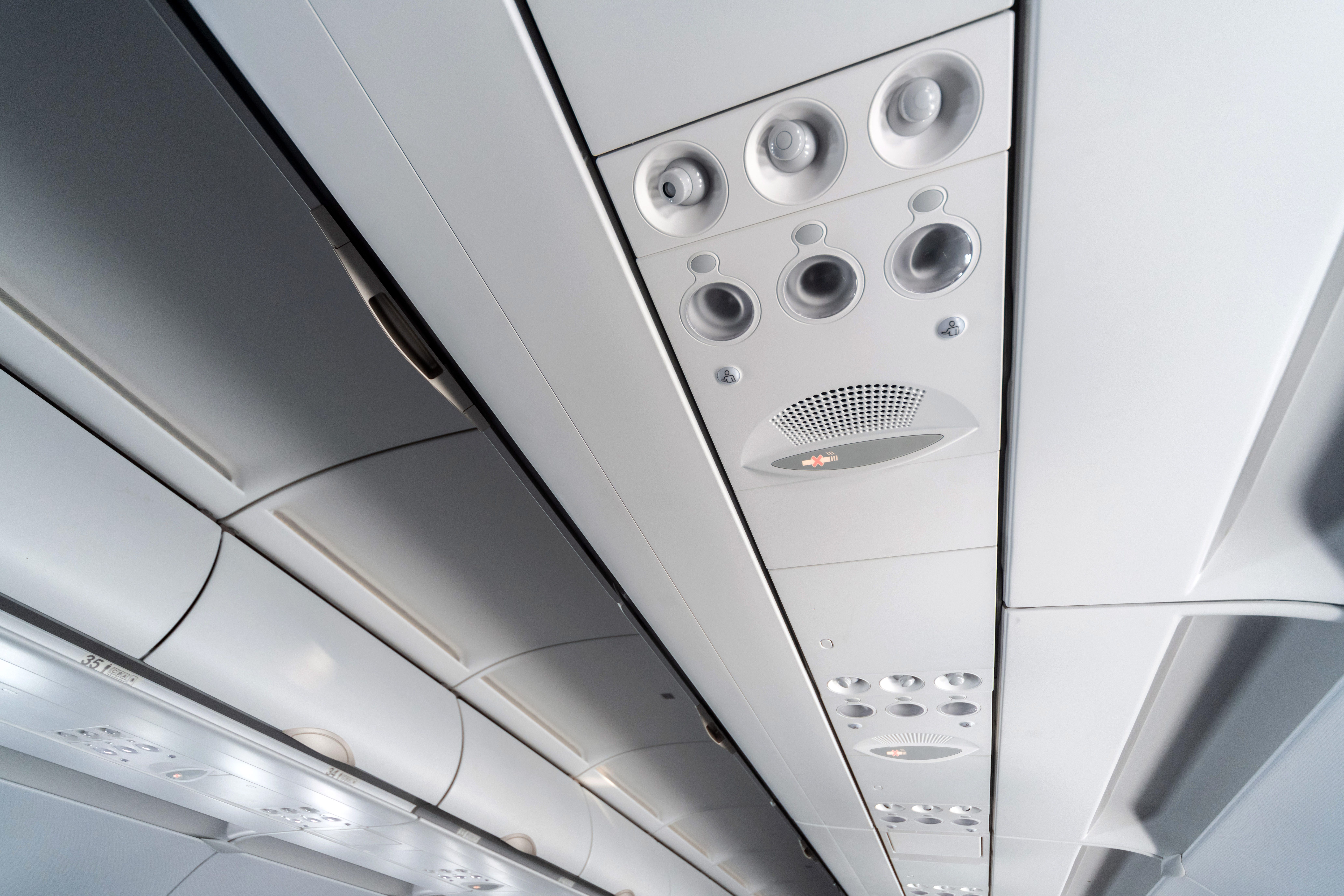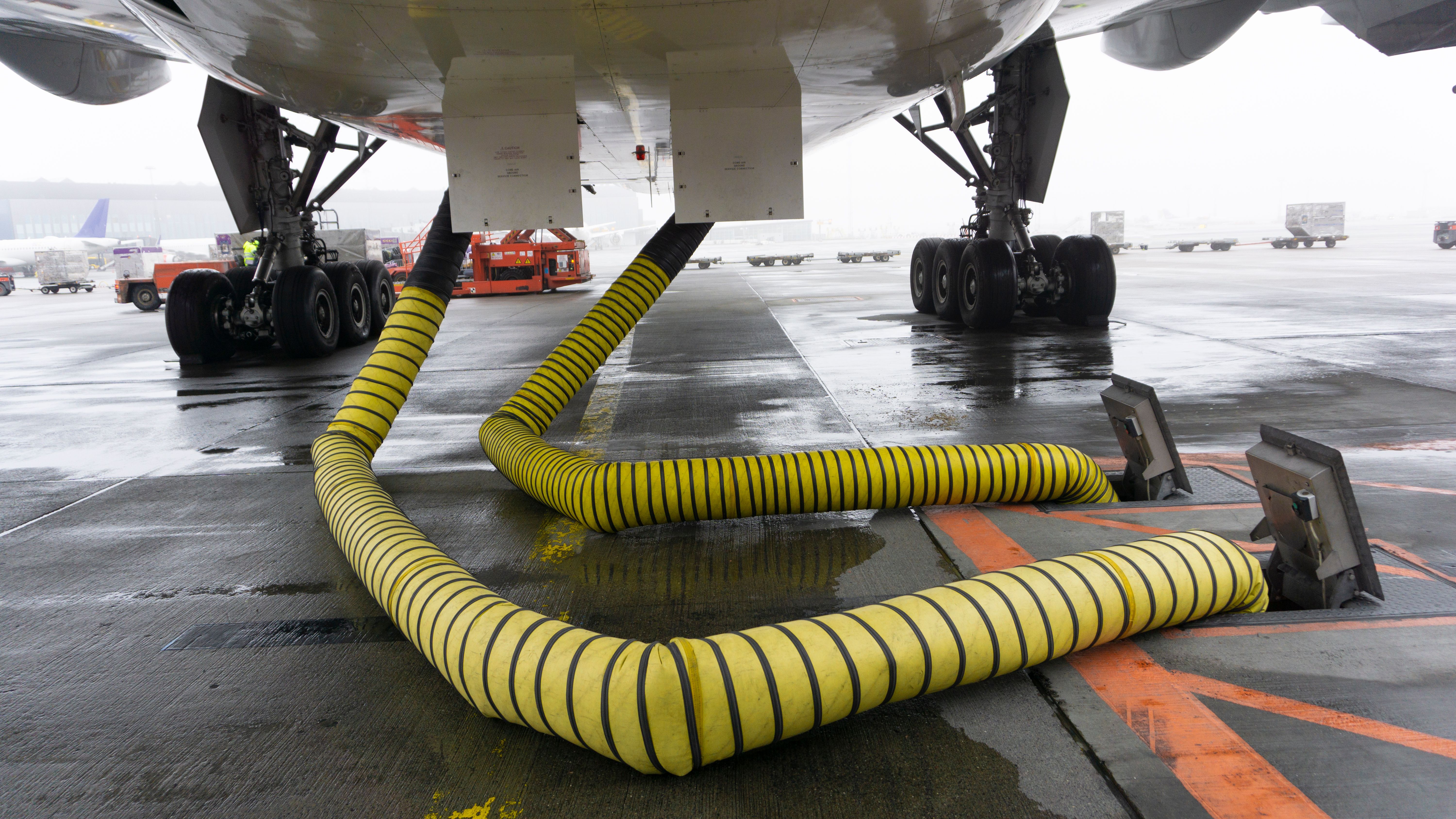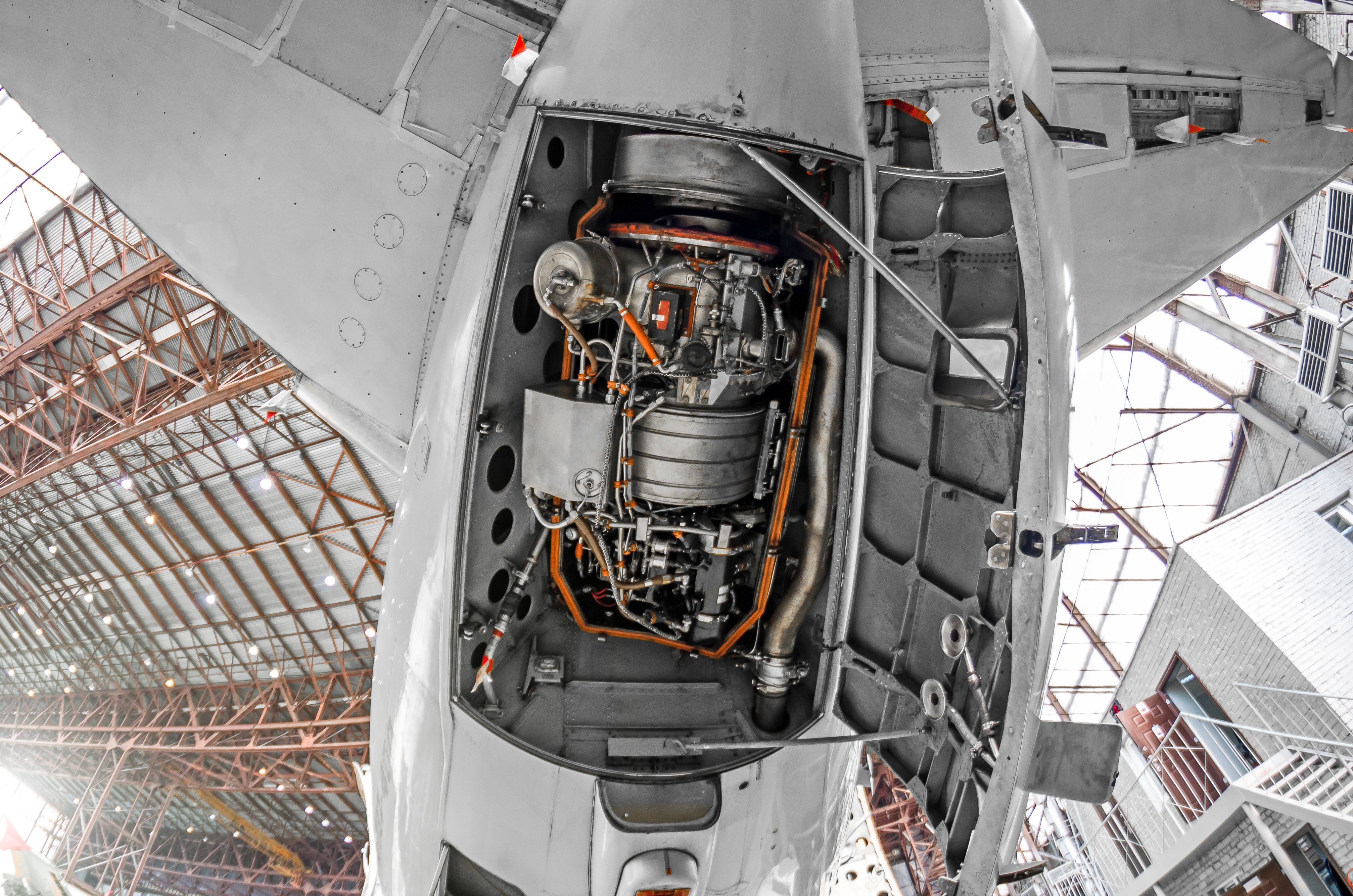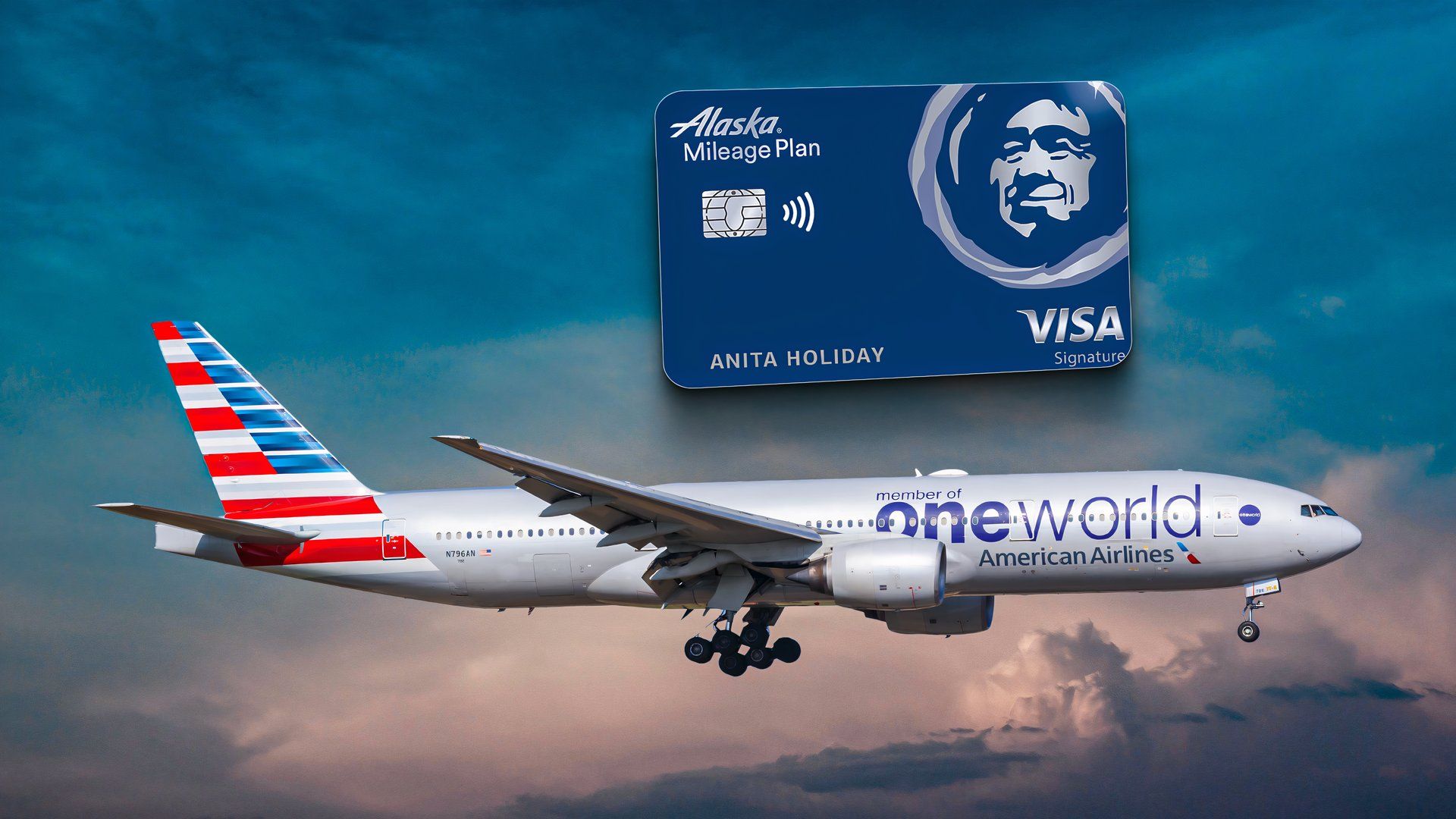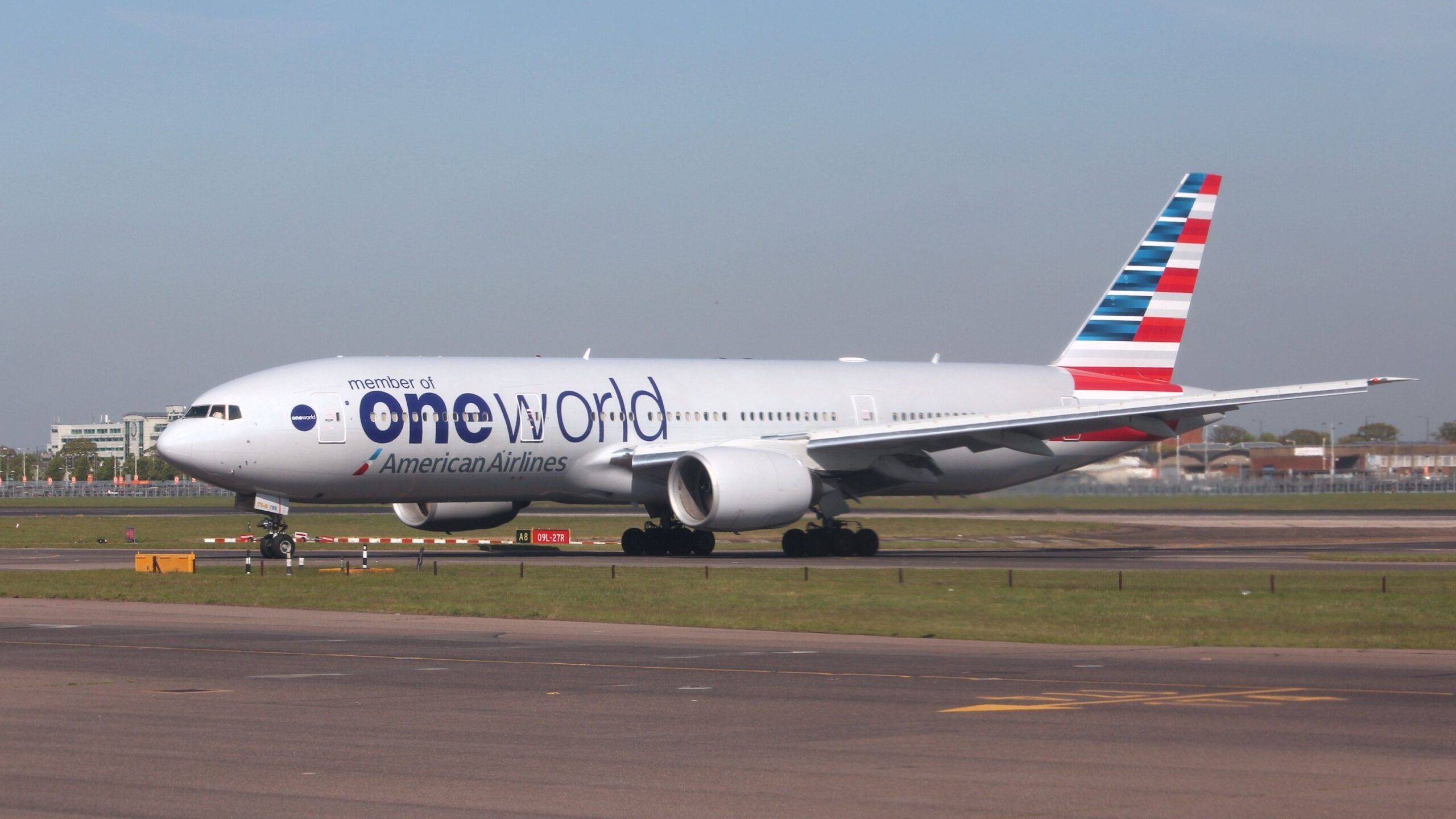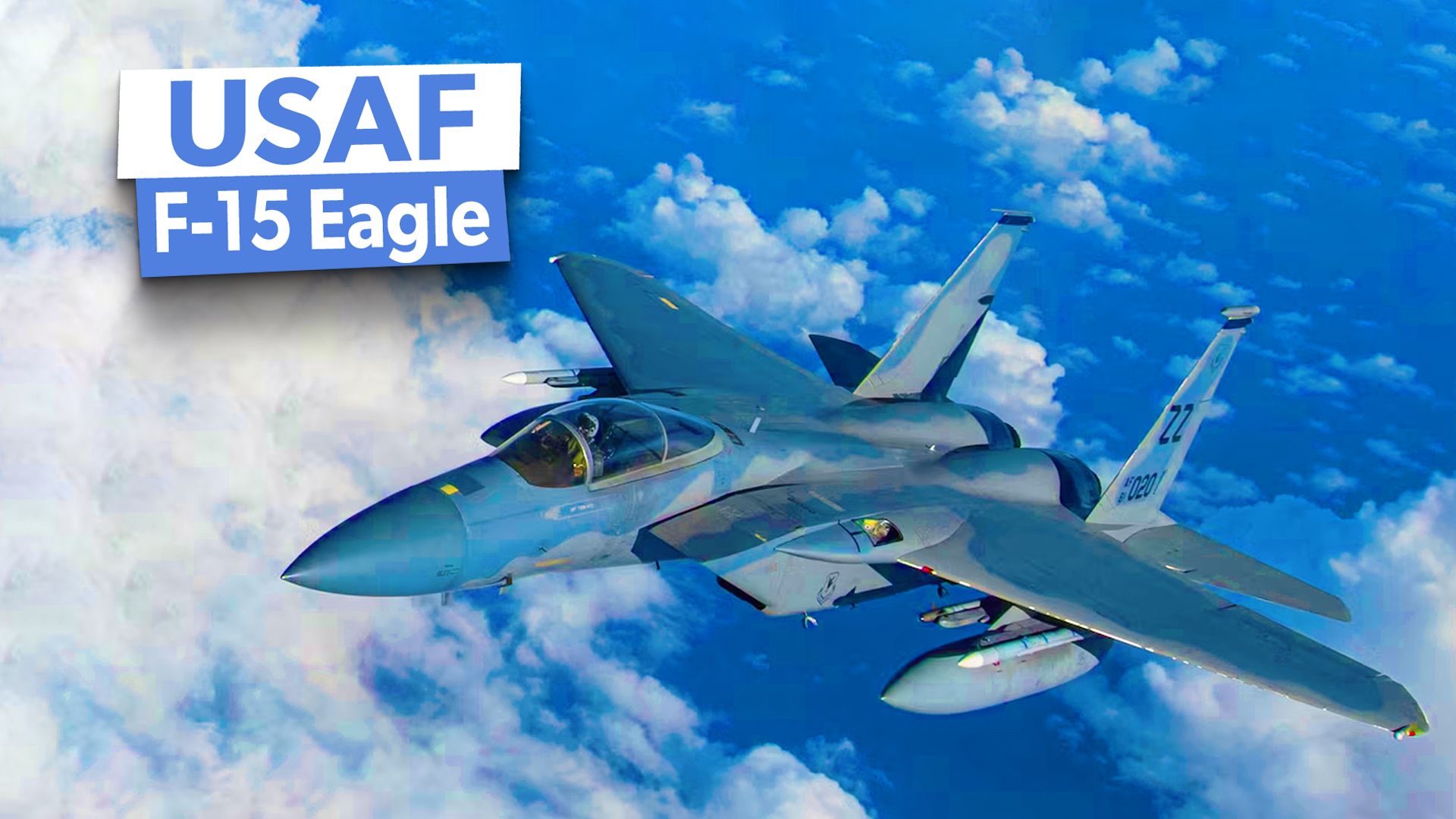Summary
- Cabin air temperature control is crucial for passenger comfort and can vary based on air sources.
- Air can be supplied from ground sources, the APU, or engines, each with its pros and cons.
- Pilots face challenges ensuring a balanced temperature during engine start and takeoff, utilizing different methods.
You’ve just boarded your flight and have made your way to your seat. You adjust the air nozzle above you, twisting it open. It’s summer, after all, and you just carried a roller bag and a personal item through the airport and onto the plane. It’s time to cool off! The boarding door closes, your plane begins pushing back, and then, out of nowhere, the cabin becomes noticeably quieter as the whooshing noise of air disappears.
You reach for your air vent above you, as do many passengers seated around you. To everyone’s dismay, there’s barely any air coming from the fully open nozzles. The cabin starts heating up quickly, and folks begin fanning themselves with seatback safety cards.
Photo: travelarium.ph I Shutterstock
Cabin air temperature control is an easily overlooked topic, but it’s also one of the most quickly noticed when it isn’t right. Whether warm or cold, there’s almost always a reason why the cabin temperature fluctuates on the ground and in the air. This article will explain how flight crew adjusts air temperature and where the air comes from in the first place.
Where does the air come from?
Depending on the plane’s position, cabin air is supplied from three primary sources: the auxiliary power unit (APU), the engine(s), or a ground air source.
Ground air
Ground air, also known as pre-conditioned air (PCA), is generally the preferred source of cabin air conditioning when a plane is parked at the gate. The PCA comes from a ground air conditioning unit and flows into the plane’s air ducting through the big yellow tube that passengers can see from the terminal windows. Alternatively, ground air can be supplied via a gas-powered air cart.
Photo: Heffalum I Shutterstock
Ground air is preferred because it normally uses electricity rather than gas, a cheaper and cleaner option. It also saves wear and tear on the APU and keeps the ramp area quieter (APUs are noisy!). The downside to ground air is that it sometimes can’t keep the cabin cool enough, especially if the line is kinked or the day is hot. Airports like Las Vegas and Phoenix have some of the best ground air sources anywhere in the US because of the predictably toasty weather those cities experience for much of the year.
APU bleed air
The APU (auxiliary power unit) is the second option for air conditioning on the ground. The APUs on most planes effectively control the cabin temperature even on the warmest days (though Embraer 145 pilots might disagree!). During quick turnarounds or when ground air is unavailable, the APU is kept running for the entirety of the turn to supply hot or cold air. Otherwise, the APU is started a few minutes before pushback in anticipation of the ground air being disconnected.
Engine bleed air
The last source of air conditioning is the engines. Either engine is capable of supplying enough conditioned air (as well as maintaining pressurization) during all phases of flight. The easiest way for pilots to get a cold or hot cabin under control is to start the engines as soon as possible.
Pushback & engine start
Let’s revisit the scenario presented in the article’s intro. Engine starting, especially on hot days, presents an appreciable challenge as far as keeping the cabin cool. This is because nearly every plane uses roughly all the bleed air supplied by an operating APU to get the high-pressure turbine in the engine’s core to start rotating for the initial part of the engine start. This means that the air source for the cabin is essentially cut off during this short period while the engine is started.
Photo: aappp I Shutterstock
Pilots can leave the APU on after the first engine starts and use the pressurized air it provides to start the second engine while the APU continues to supply cool (or warm) air to the cabin. This is known as a “cross-bleed” start since air from one engine crosses sides of the pneumatic system to get the N2 spun up on the second engine. Some planes do this automatically, while other planes (like Boeing 737s or 757s) require pilots to maintain the position of isolation and crossbleed valves until engine starting is completed.
Packs off or APU off takeoff
Another time passengers might feel the cabin temperature increasing rapidly due to limited airflow is during takeoff. Especially during hot summer operations, pilots are sometimes required to perform a “packs off” departure (the packs are the engine-driven air conditioning systems). Engines can generate a bit more thrust when they don’t have to supply the packs, and turning the packs off on high-power takeoffs also preserves engines from excessive wear.
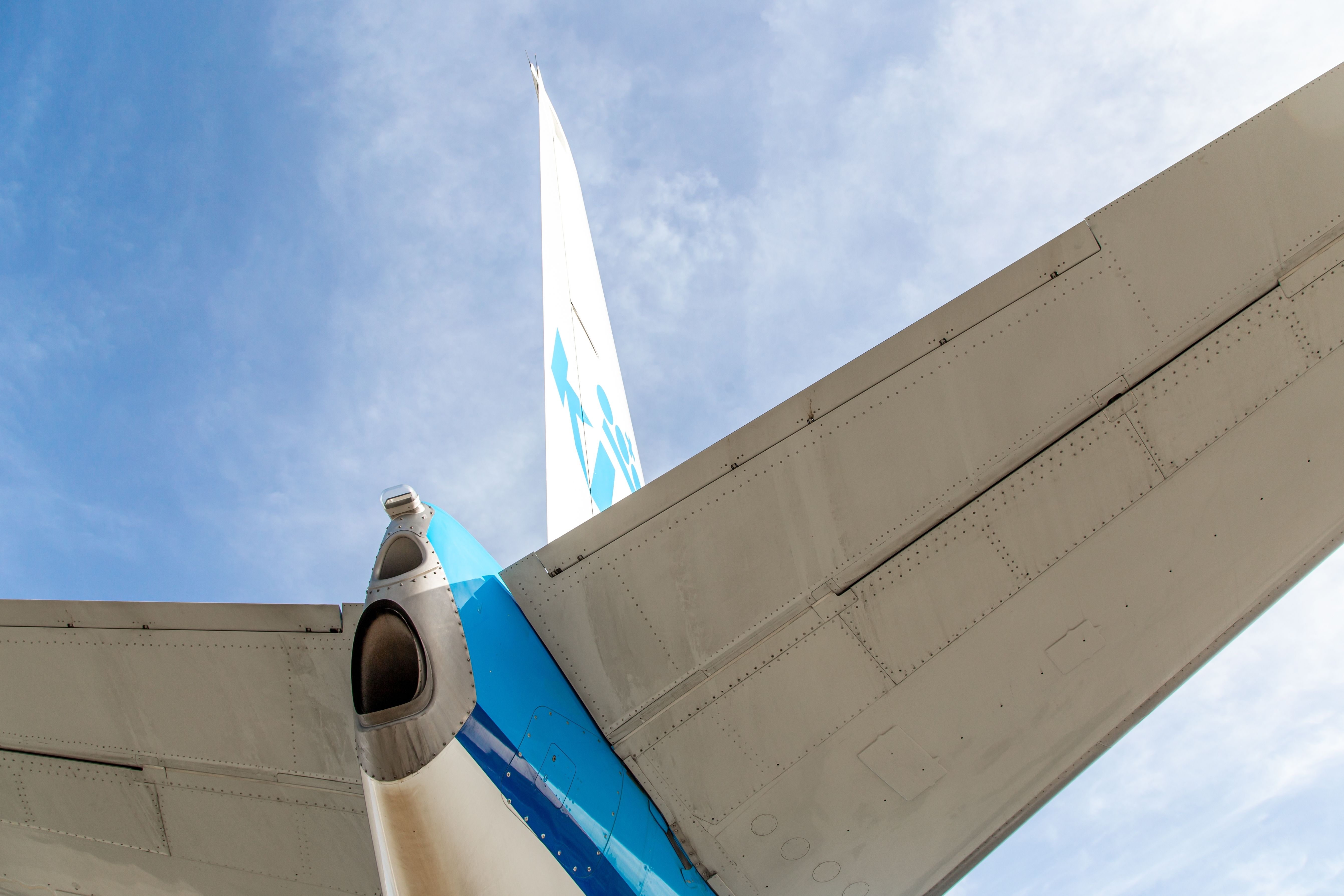
Related
The Auxiliary Power Unit: What Is It & What Does It Do?
A source of electric power, air conditioning, and pneumatic pressure when the engines are off.
Even when the engines aren’t used to supply air to the packs for takeoff, the APU can be left on to support this function. This is also known as an “APU to pack” takeoff, which keeps the cabin cool but produces more power for takeoff on a hot day. Though a helpful procedure, it sometimes isn’t possible because of incurred performance penalties. An operating APU requires an open exhaust and intake vent. This open vent flap generates drag, which might limit climb rates to the point where the plane can’t meet performance requirements for the takeoff. In this case, the pilots have no choice but to perform a packs off, APU off takeoff. The packs stay off only for the first 1,000 feet, which is a matter of seconds. They are then turned back on to manage temperature as well as pressurization.
Cruise
After takeoff, it’s generally pretty easy to control the cabin temperature. Air temperatures decrease at about 2 degrees Celsius (3.5 F) per 1,000 feet, so things cool down quickly after takeoff on a hot day. Once at altitude, a heat/air exchanger keeps the air comfortable. Newer planes allow pilots to delegate the temperature control in the cabin to flight attendants, while older designs require the flight attendants to talk back and forth with the flight deck if the temperature isn’t quite right. It’s common for pilots to have controls for the forward, middle, and aft compartments on most airliners.
Keepin’ it cool
Maintaining the correct air temperature setting is a delicate balance. Ultimately, the crew understands that a comfortable temperature is subjective, so most do their best to keep it around 70F or 21C. Engines operate the air conditioners in the air (assuming everything is functioning normally). In contrast, the APU and ground air are the primary modalities for temperature control when the plane is on the ground.

